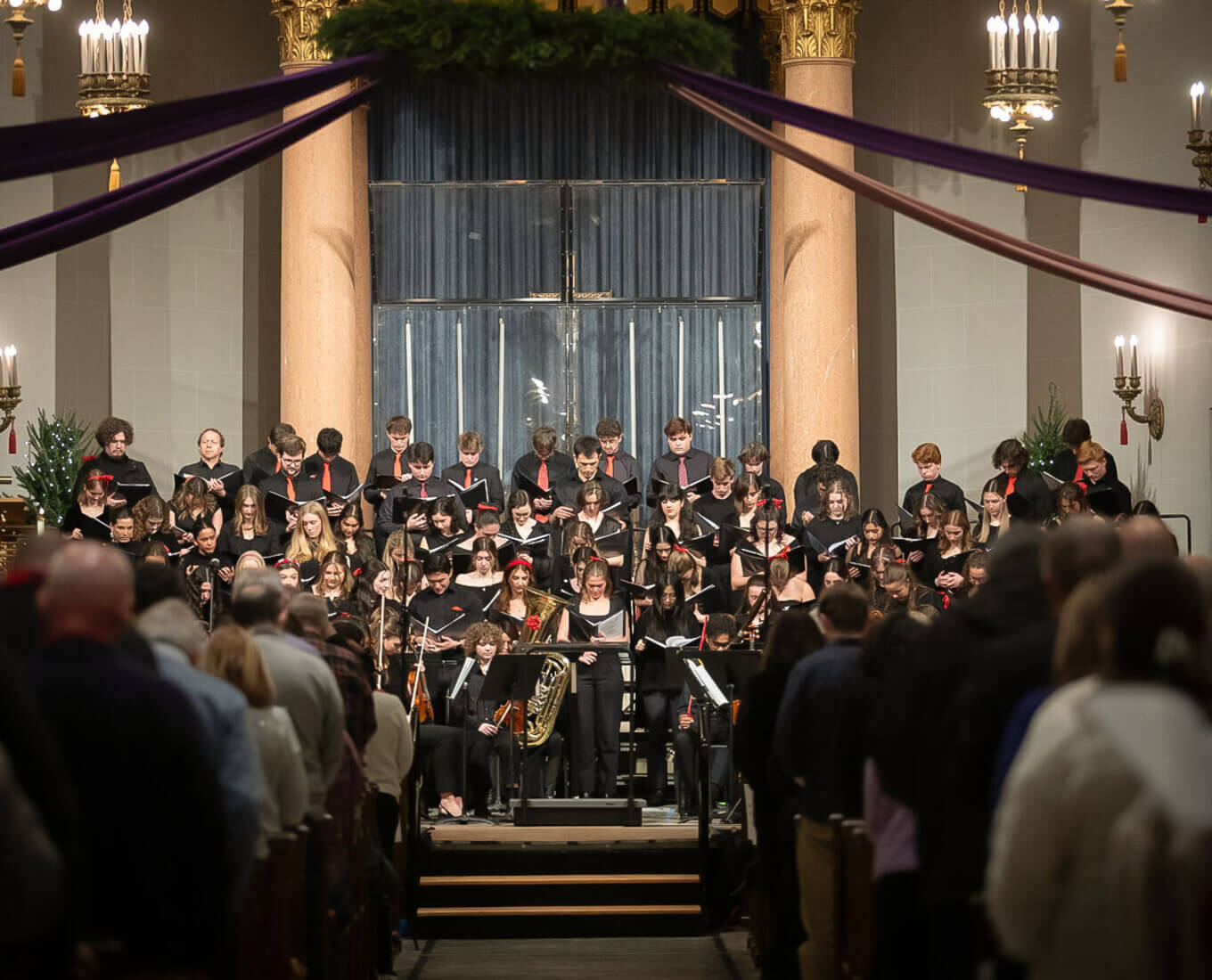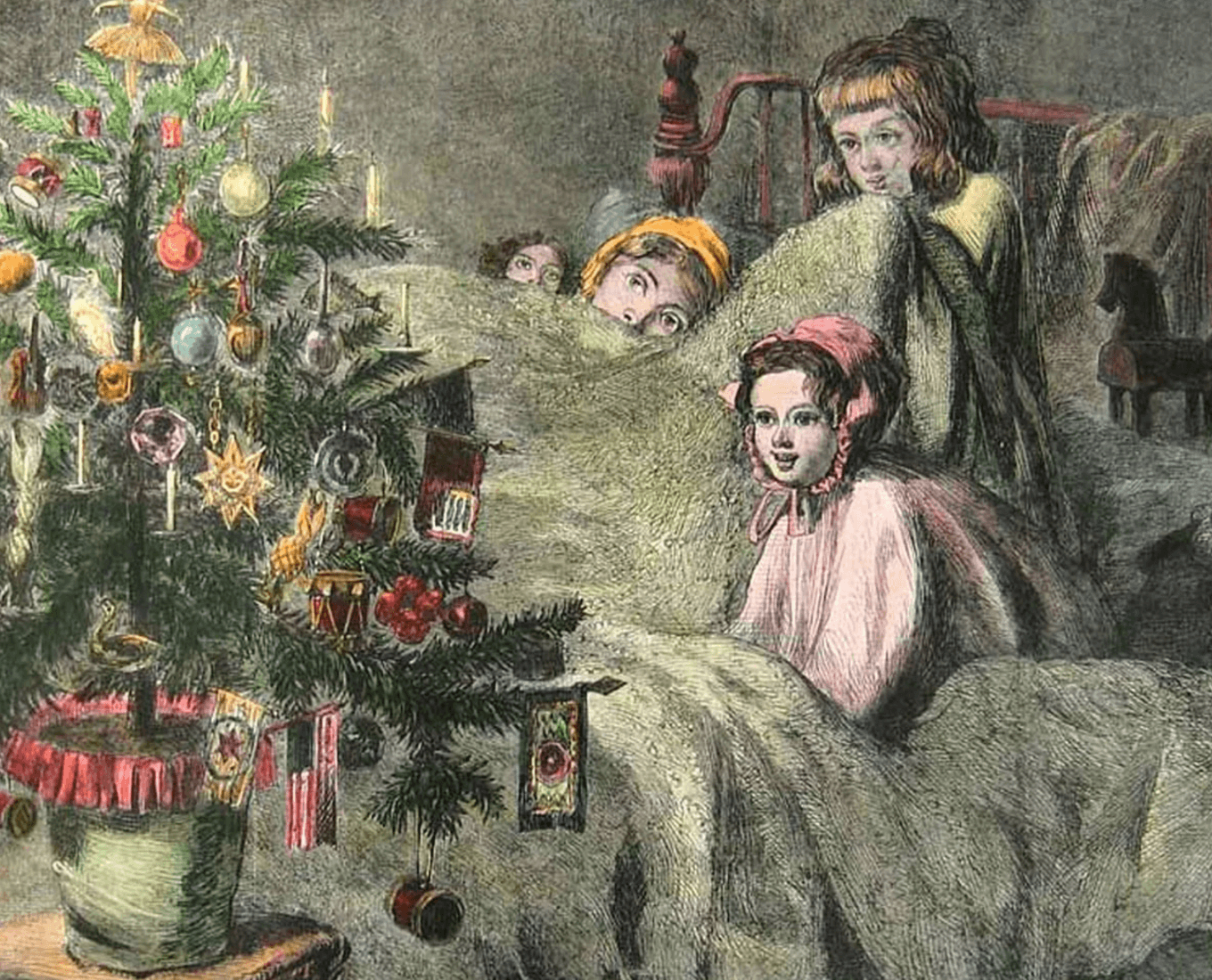WORCESTER, Mass. – Two mathematics research students, Julianne Kulevich ’08, of Maynard, and Christopher J. Smith ’08, of West Haven, Conn., recently attended a prestigious poster session on Capitol Hill that is designed to showcase the work of talented undergraduate researchers in the natural sciences from around the country. The annual session, called “Posters on the Hill,” is sponsored by the Council on Undergraduate Research (CUR).
Students invite their senators and congressional representatives to attend the event and meet with them (or their aides) beforehand to draw attention to the importance of undergraduate research. CUR invites the Washington science press corps, federal agency program officers, and scientific leaders. Students are selected on a competitive basis from different states. Kulevich and Smith were one of only two successful entries out of all the colleges and universities of Massachusetts.
Congressman James McGovern, who represents Massachusetts’ Third Congressional District, escorted the students to the event and spent time discussing their work at the poster session. Congressman John Tierney, who represents Massachusetts’ 6th Congressional District, also attended the event to meet with the Holy Cross students. Kulevich and Smith “were articulate and poised and easily able to explain their work and its meaning to me — an analytical chemist by training who is very happy to have someone else do the math!,” said Kathleen Gorski, former master teacher at the Nativity School of Worcester and currently an Einstein Fellow at the National Science Foundation.
The title of their poster was “Using Algebraic Geometry in the Circular, Restricted Four-Body Problem.” Their research focused on investigating the number and location of equilibria in a special case of the four-body problem in celestial mechanics. Specifically, three large bodies or “primaries” are assumed to be located at the vertices of an equilateral triangle, rotating on circular orbits about the common center of mass. A fourth, infinitesimal body (e.g., spaceship) is inserted into the problem that does not affect the motion of the primaries. The goal is to study the possible motions of this fourth body. A natural question is to locate any equilibria or “parking spaces” and to investigate their positions as the masses of the primaries vary. Numerical and analytic calculations were performed utilizing modern techniques from algebraic geometry.
The researchers located interesting bifurcations in the system and proved that the number of equilibria is finite for all choice of masses, bounded above by 268. Applications of their work include finding low-energy orbits for spacecraft to visit special configurations in our solar system. For example, Saturn, one of its large moons Tethys, and a smaller moon, Telesto (or Calypso), lie on a rigidly rotating equilateral triangle orbit. The equilibria described above represent ideal parking spots to place spacecraft to observe this system for long periods of time at little cost.
Kulevich and Smith began working on their project last summer under the supervision of Gareth E. Roberts, associate professor in the department of mathematics and computer science. They were sponsored by Roberts’ National Science Foundation grant as well as the Holy Cross Fisher Summer Research Program. They continued their research into the academic year under a directed project with Professor Roberts.
Two Holy Cross Mathematics Majors Present Work at Poster Session on Capitol Hill
Congressman McGovern escorts students to event
Read Time
2 Minutes


